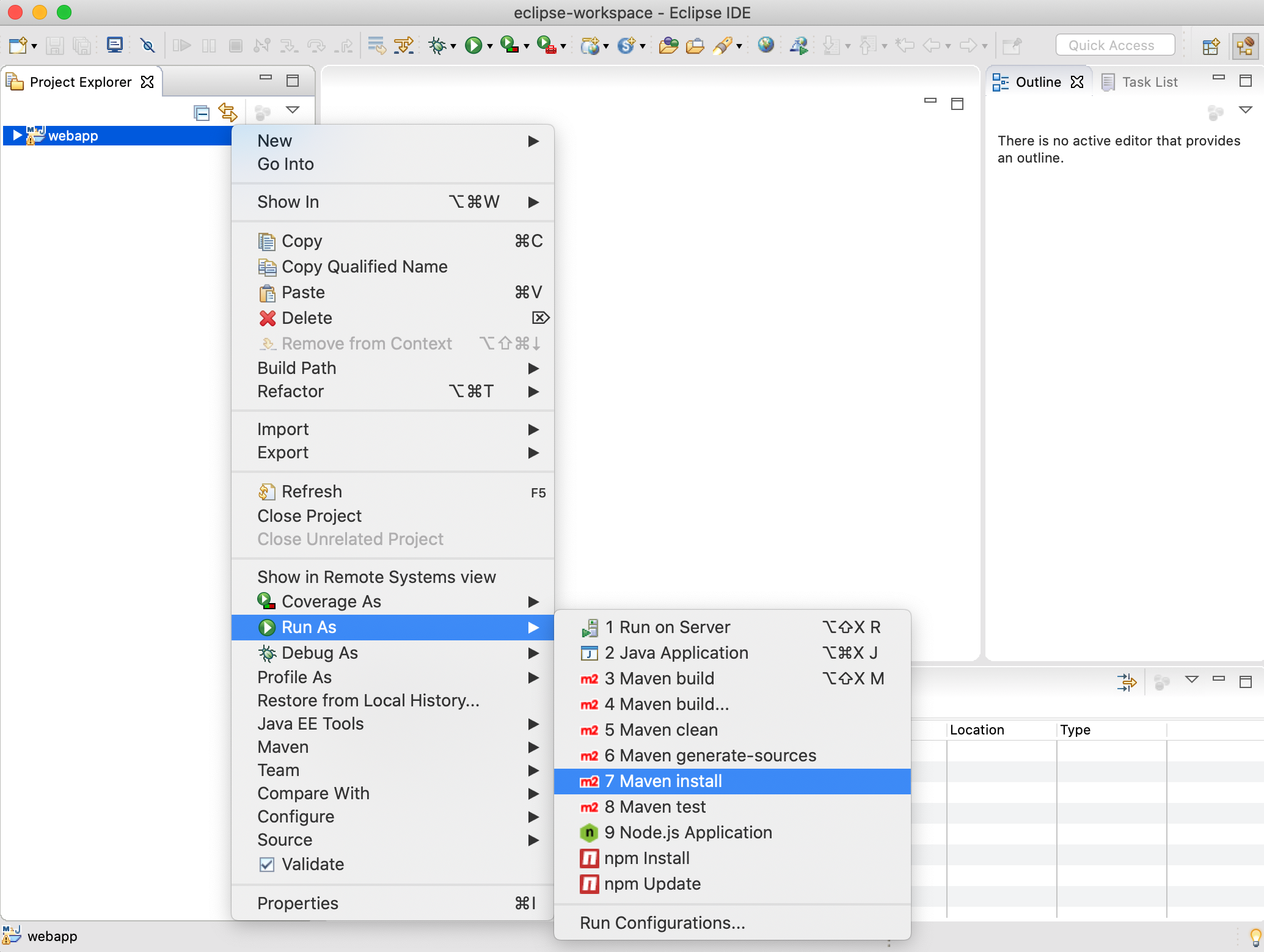
#Maven install jar in server full
Re-run Maven using the -X switch to enable full debug logging. The Gradle build system in Android Studio makes it easy to include external. To see the full stack trace of the errors, re-run Maven with the -e switch. class files and JAR files when setting the CLASSPATH. Failed to execute goal :maven-install-plugin:2.5.2:install-file (default-cli) on project firstWeb: Execution default-cli of goal :maven-install-plugin:2.5.2:install-file failed: Plugin :maven-install-plugin:2.5.2 or one of its dependencies could not be resolved: Failed to collect dependencies at :maven-install-plugin:jar:2.5.2 -> :maven-project:jar:2.2.1 -> :maven-settings:jar:2.2.1 -> :plexus-container-default:jar:1.0-alpha-9-stable-1 -> junit:junit:jar:3.8.1: Failed to read artifact descriptor for junit:junit:jar:3.8.1: Could not transfer artifact junit:junit:pom:3.8.1 from/to central ( ): Transfer failed for : : Empty key ->
#Maven install jar in server driver
Now, we can define the Oracle JDBC driver dependency like this:

Configure updatePolicy a other suggest, but in order to suceed, you should go to the folder inside the local repository where the jar is, and delete a file named 'maven.repositories'. Installing C:\Users\mkyong\AppData\Local\Temp\mvninstall14285592711568231406.pom In my experience, none of that works once maven has 'decided' that it must download the file from an specific server. Installing d:\projects\ojdbc8.jar to C:\Users\mkyong\.m2\repository\com\oracle\ojdbc8\19.3\ojdbc8-19.3.jar Afterwards, youll find these 4 jars in the subdirectory build in each module: zimbracommon.jar zimbrasoap.jar zimbrastore.jar zimbraclient.jar. This can be helpful to users that want to publish artifacts and only have JAR files and dont have access to package source code or POM files.

maven-install-plugin:2.4:install-file (default-cli) standalone-pom. C:\> mvn install:install-file -Dfile=d:/projects/ojdbc8.jar -DgroupId=com.oracle -DartifactId=ojdbc8 -Dversion=19.3 -Dpackaging=jar


 0 kommentar(er)
0 kommentar(er)
